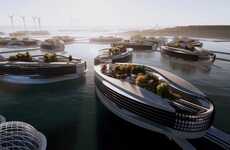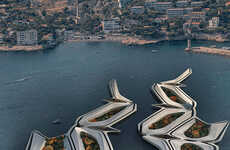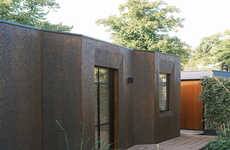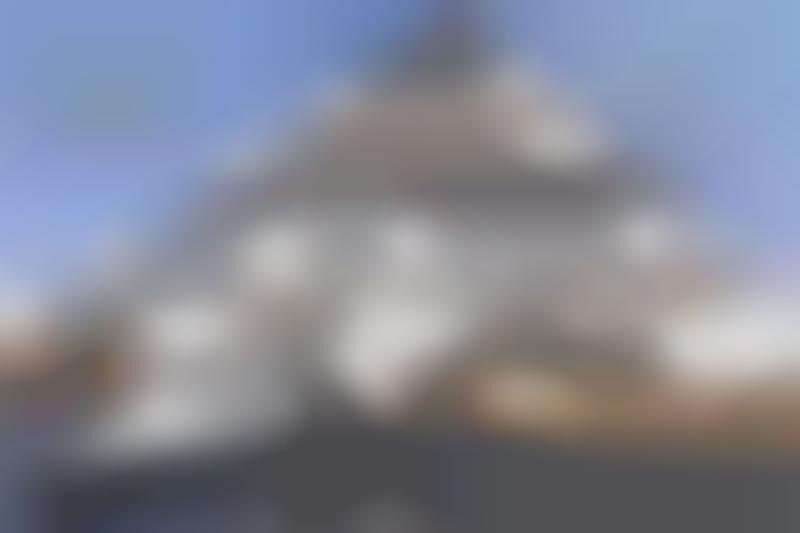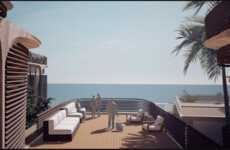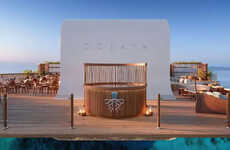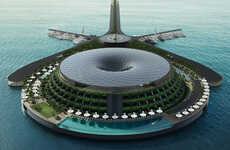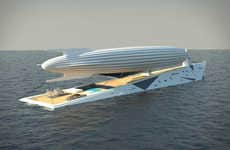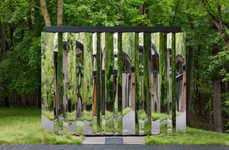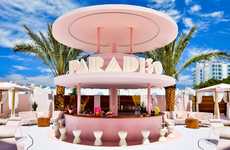
The Wayaland Floating Community is a Modern Housing Alternative
Madison Mackay — April 30, 2018 — Eco
Luxury architect Pierpaolo Lezzerini is creating the world's first fully floating and fully functioning living community called the Wayaland Floating Community.
Each structure is buoyant and shaped like a pyramid -- inspired by a fusion of Japanese temples and traditional Mayan architecture. Different modules can be paired together to create a custom area such as housing, shops, restaurants and spas, eventually coming together in one large city. Currently, there are fully built models for a hotel, club, villa and a suite as well as a modular creation that allows for the function to be flexible.
With crowdfunding currently underway, the first structure for the Wayaland Floating Community is set to finish in 2022, as a futuristic, eco-friendly and luxurious housing alternative.
Each structure is buoyant and shaped like a pyramid -- inspired by a fusion of Japanese temples and traditional Mayan architecture. Different modules can be paired together to create a custom area such as housing, shops, restaurants and spas, eventually coming together in one large city. Currently, there are fully built models for a hotel, club, villa and a suite as well as a modular creation that allows for the function to be flexible.
With crowdfunding currently underway, the first structure for the Wayaland Floating Community is set to finish in 2022, as a futuristic, eco-friendly and luxurious housing alternative.
Trend Themes
1. Floating Communities - The rise of floating communities presents opportunities for architects and builders to design and construct alternative floating living environments.
2. Modular Design - Modular design allows for flexibility in creating custom living spaces, presenting opportunities for architects and engineers to create innovative solutions for alternative housing.
3. Crowdfunding for Housing - As crowdfunding gains traction as a way to fund large-scale projects like the Wayaland Floating Community, there is a growing opportunity for developers and architects to leverage this method to fund future alternative housing projects.
Industry Implications
1. Architecture - Architects can utilize modular design and new building materials to create innovative, eco-friendly housing solutions for the future.
2. Construction - Builders can leverage innovative construction methods to construct floating communities in a safe and sustainable manner.
3. Real Estate - The rise of unconventional housing presents an opportunity for real estate professionals to explore alternative investment options and expand their portfolios.
5.6
Score
Popularity
Activity
Freshness



